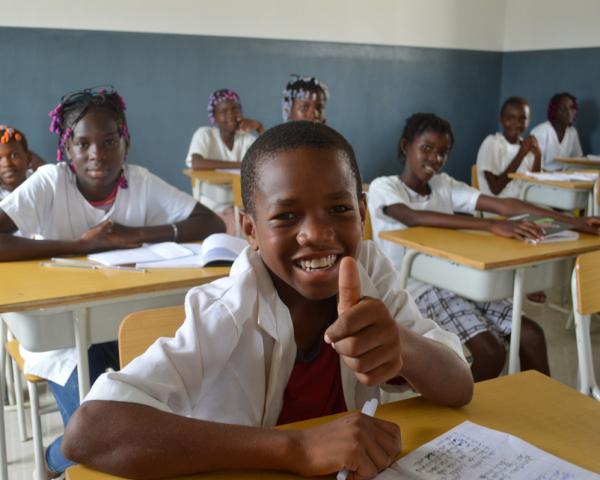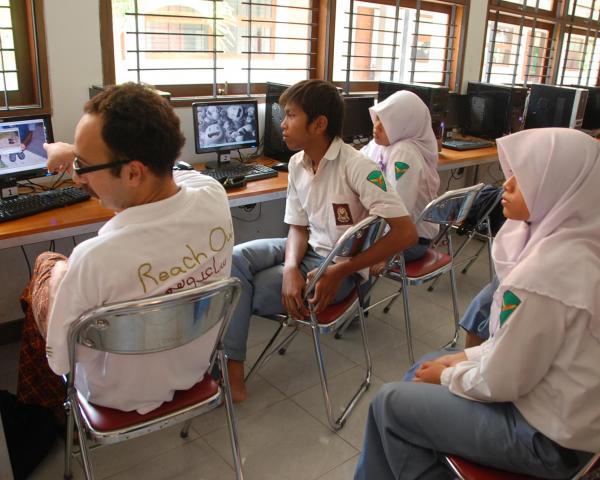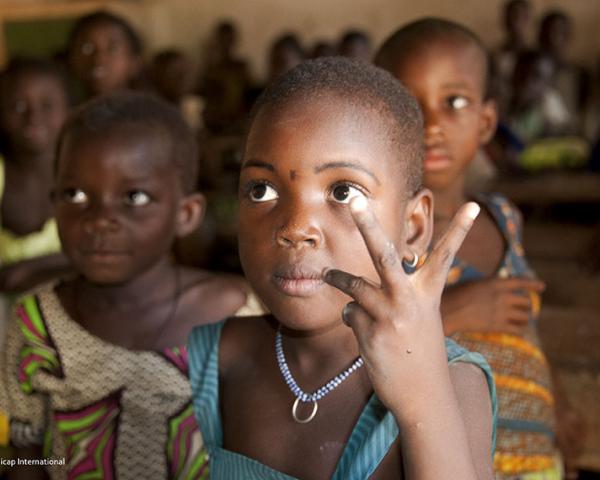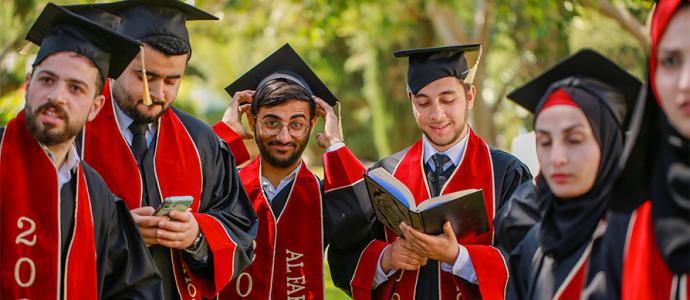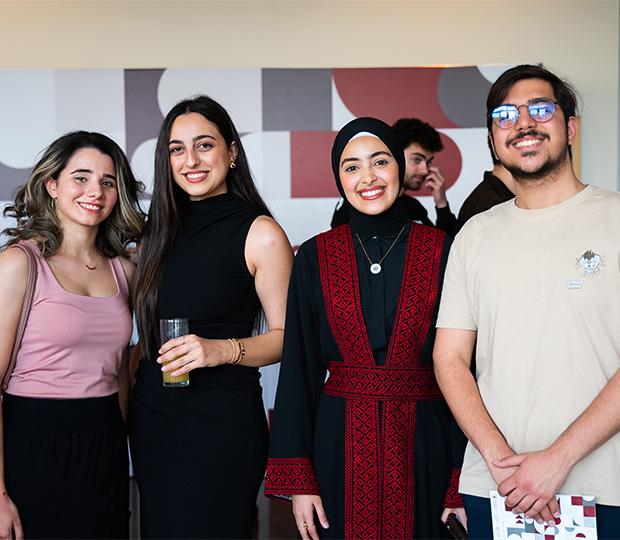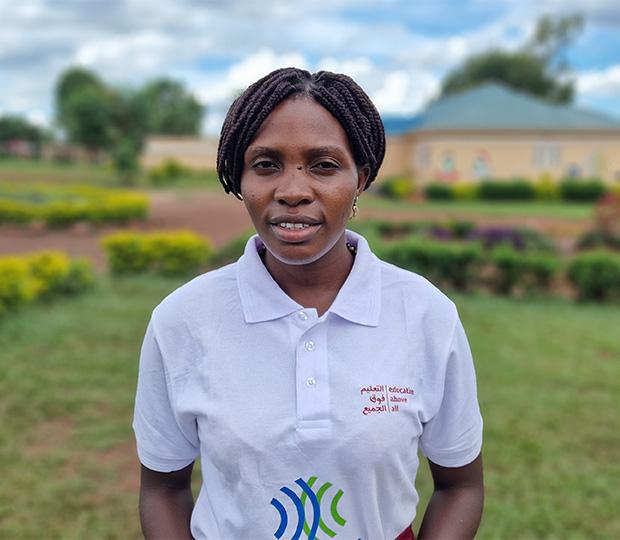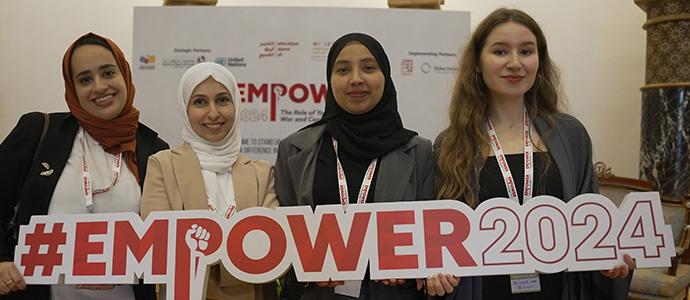Perspectives on Practice and Policy - BRAZIL

From 1960–2010, the government was able to develop the education system by taking advantage of several periods of vigorous economic growth, audacious willingness to invest and a high-tax rate. Despite traditional and less efficient administrative structures, Brazil began to expand school provision, trying to deal with the demand for education from a hundred new cities being created in the hinterland of south and southwest regions and a rapid influx of new migrants in its major cities.
Intense political mobilisation of intellectuals, political leaders, and members of religious and civil society associations advocated for democratic and modern legislation to overcome the country’s socio-cultural and educational backwardness. At the same time, clientelism mobilised public authorities to expand school services in emerging neighbourhoods, building new school facilities, and hiring potential voters as teachers and school officers.
In this context, some sound efforts—supported by innovative public funding—led to increased enrolments. In 1971, a reform, extending compulsory education from four to eight grades, launched a new wave of schooling expansion. Despite the expected constraints of an authoritarian regime, this expansion of elementary education contributed to democratising schooling access to the children of the growing urban population, whose families were searching for employment and improved living standards.
Even economic instability and the dramatic transition to democracy during the 1980s did not limit the process. Indeed, innovative strategies undertaken during the 1990s enabled the school system to address the challenges of quality and equity, while near universal access was achieved and inefficiency was reduced.







